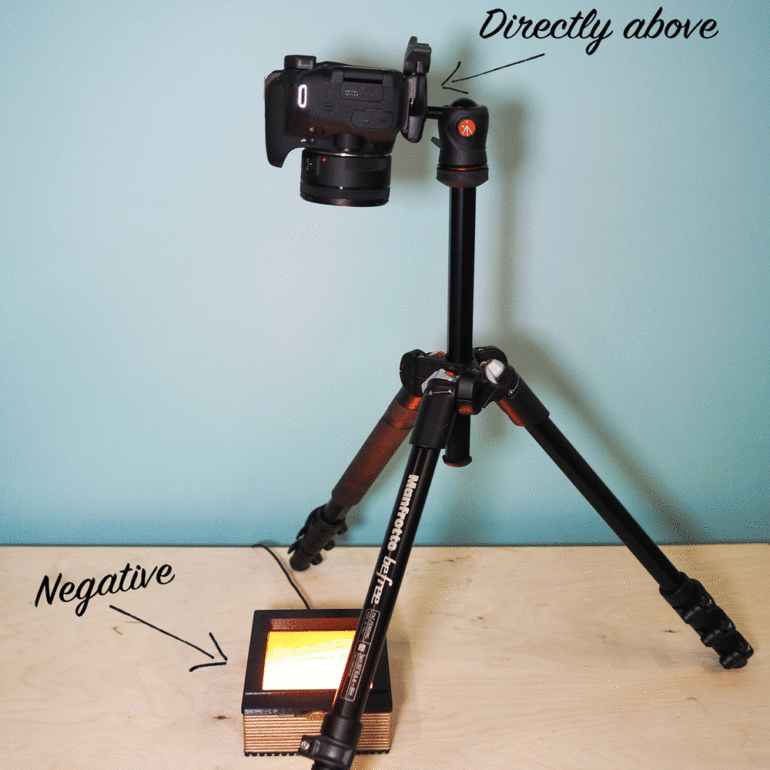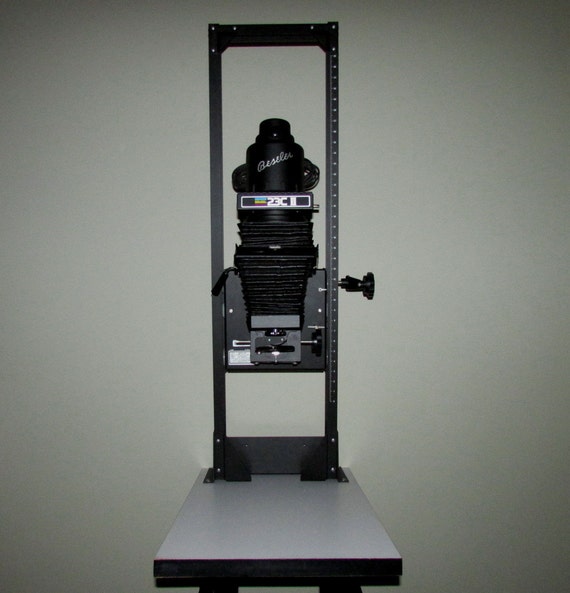

Developing your skills as a printer will allow you to make outstanding, individual prints that give you great satisfaction and pleasure. Other simple techniques can be used to great effect such as using different contrasts for different areas of the print or using two or more negatives to produce one print. The key difference is that in your darkroom you are using your hands or pieces of card to dodge and burn (hold back light from or give extra light to selected areas of your print which allows you to emphasize key elements of the picture). Processes such as ‘ dodging’ and ‘burning’, familiar to many digital users, are just a couple of the Photoshop tools that originated as darkroom techniques. The choice of papers complement this creative output (see our guide to choosing papers) with many options available covering tone, surface finish, base material and paper grade. Producing your own prints allows you to custom the print and enlarge it to almost any size and shape desired. For a start, it is a creative process that is both enjoyable and fulfilling and, much like the role of a post processing tools such as Photoshop or Lightroom in any digital workflow, (although much more fun) a darkroom provides film photographers with the ability to turn their negatives into enlarged prints that match their original vision. Retrieved 4 October 2015.When you can get excellent prints from your black & white negatives by sending them off to commercial processing laboratories, why make your own?įor many photographers, making a photographic print is as much a part of the process as shooting the image itself.
Used photographic enlargers manual#
The manual of photography : photographic and digital imaging (9th ed.). '6 - Optical aberrations and lens performance'.

Photographic printing for an overview of analogue photographic printmaking methods.Gelatin silver process for an overview of the dominant photographic printmaking process.Durst, who made high quality enlargers, stopped producing them in 2005, but still supports already sold models.Manufacturers old and new include:
Used photographic enlargers professional#
This is much more difficult to do well using photographic methods than it is now by using the methods of modern digital image manipulation.Īs the photographic market shifts away from film-based towards electronic imaging technology, many manufacturers no longer make enlargers for the professional photographer.

The tool is kept moving to avoid producing a sharp edge at the region boundary. A mask with a hole can be used to add extra light to an area 'burning', which will have the effect of darkening the regions with additional exposure, while the use of a small wand to reduce the total exposure to a region is called 'dodging' and has the effect of lightening the regions with reduced exposure. Changing the amount of light exposing the paper in various areas will change the image density in those areas.


 0 kommentar(er)
0 kommentar(er)
